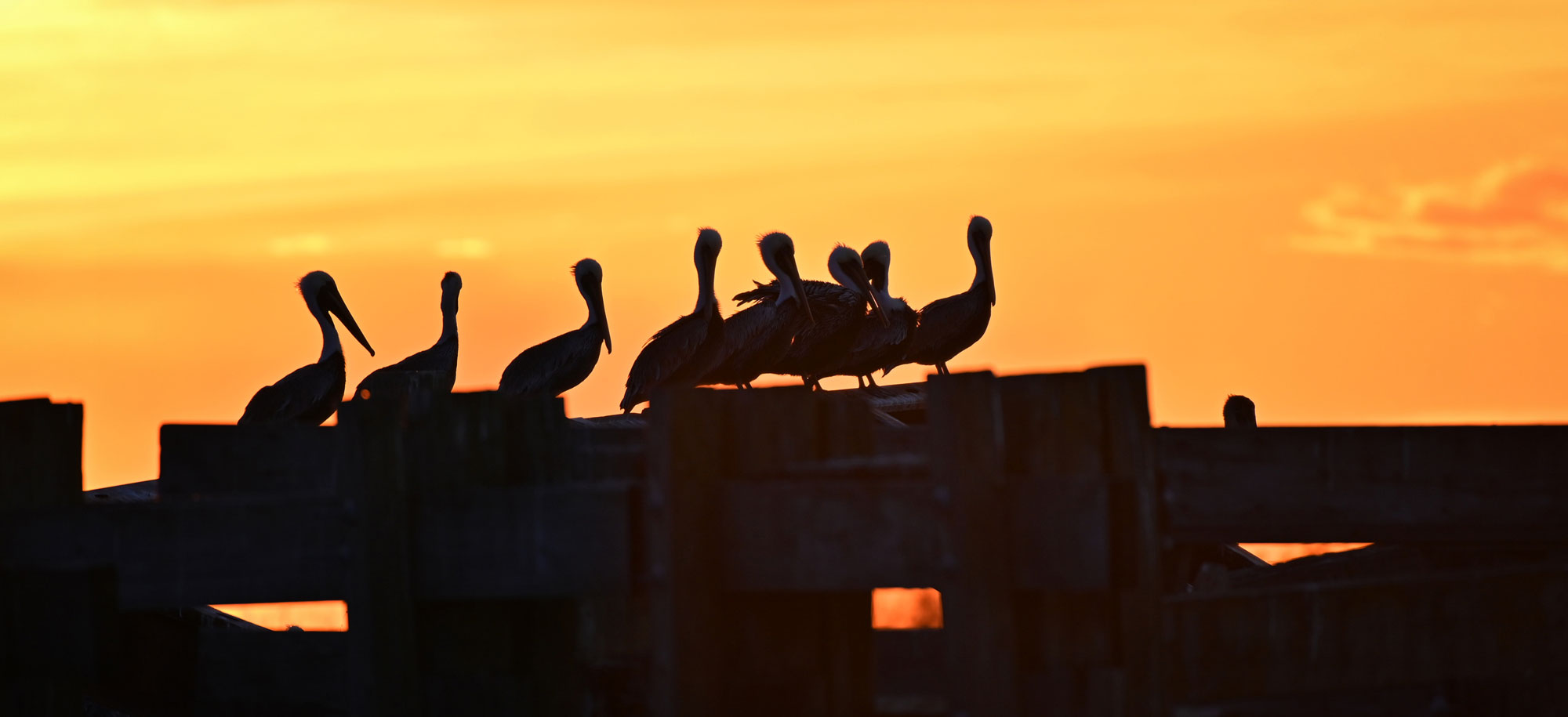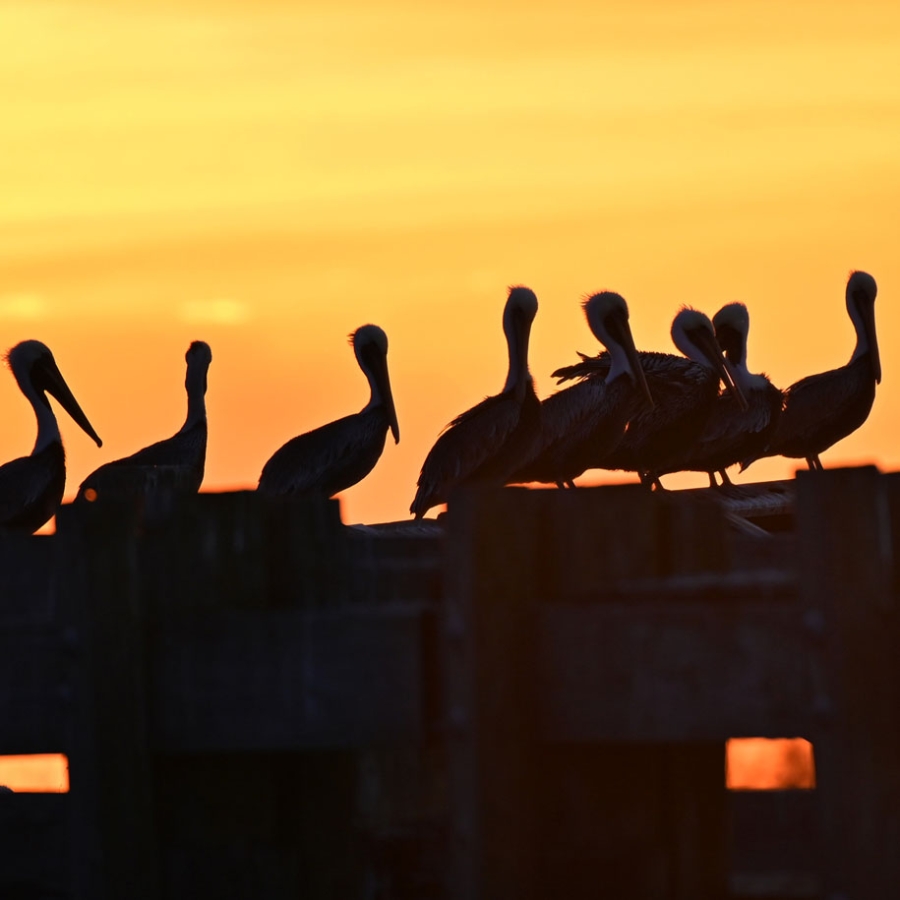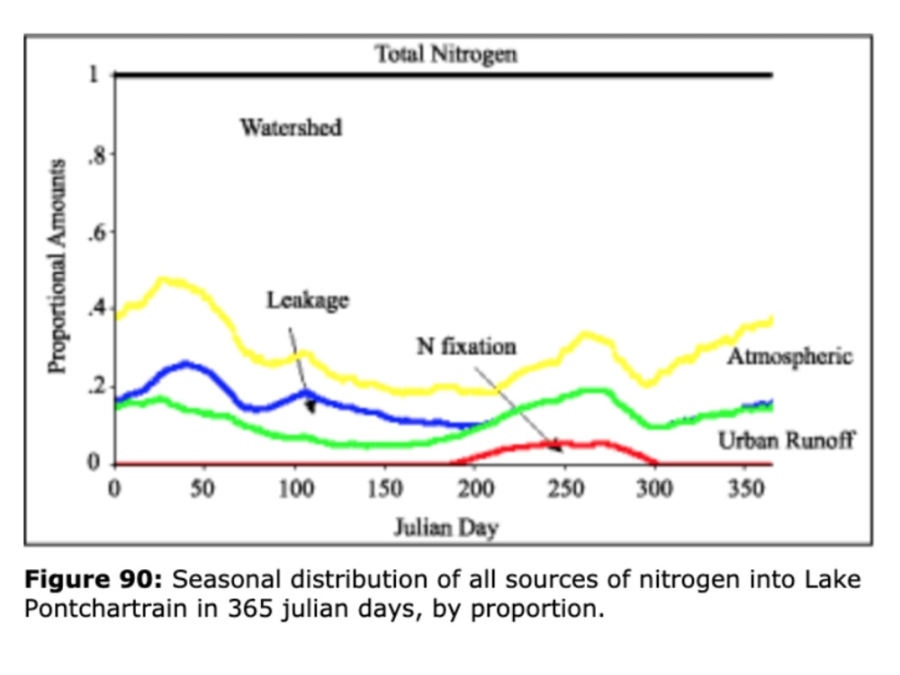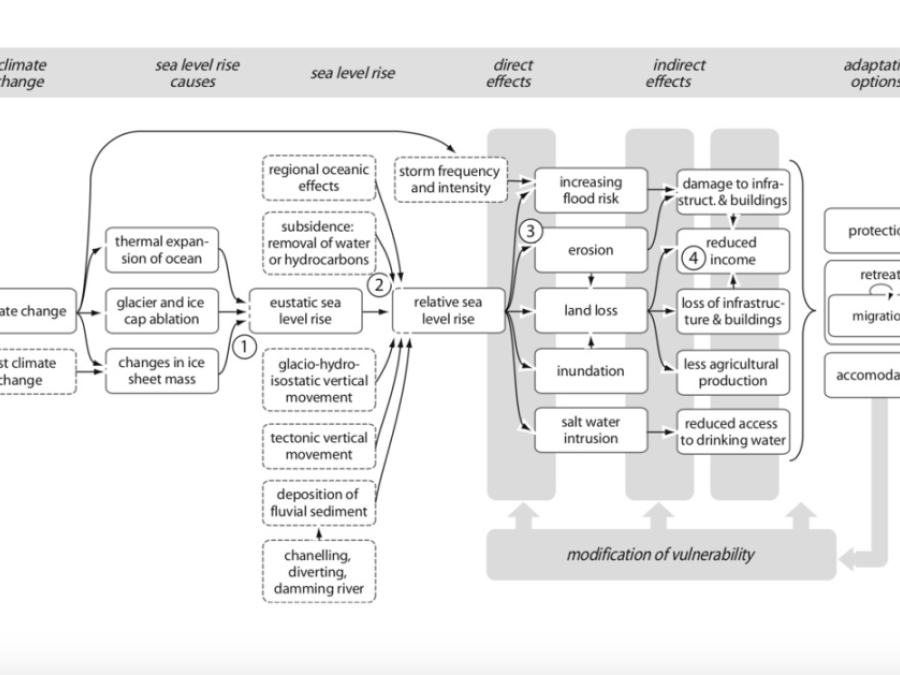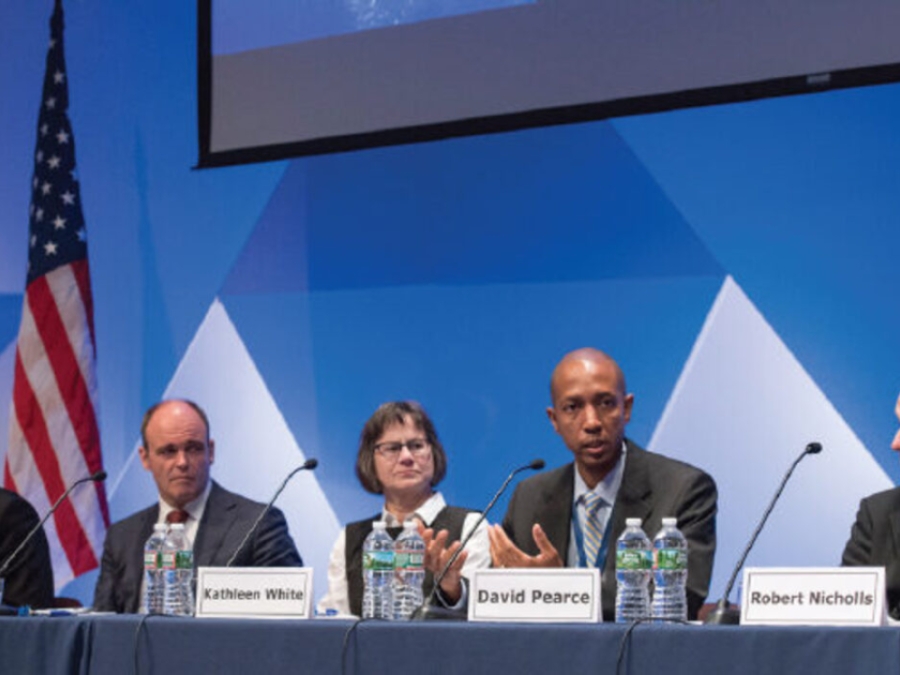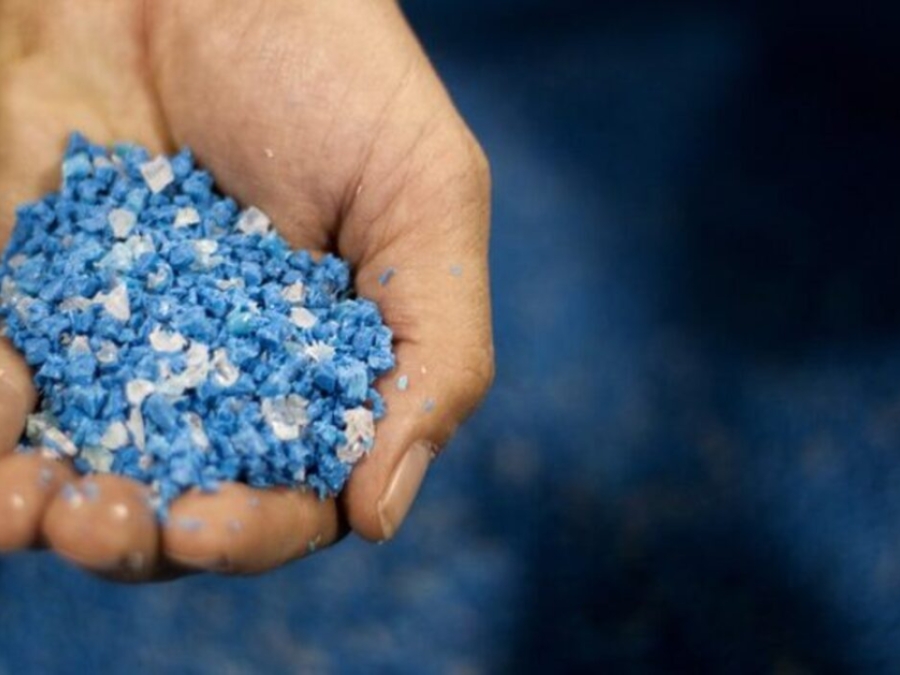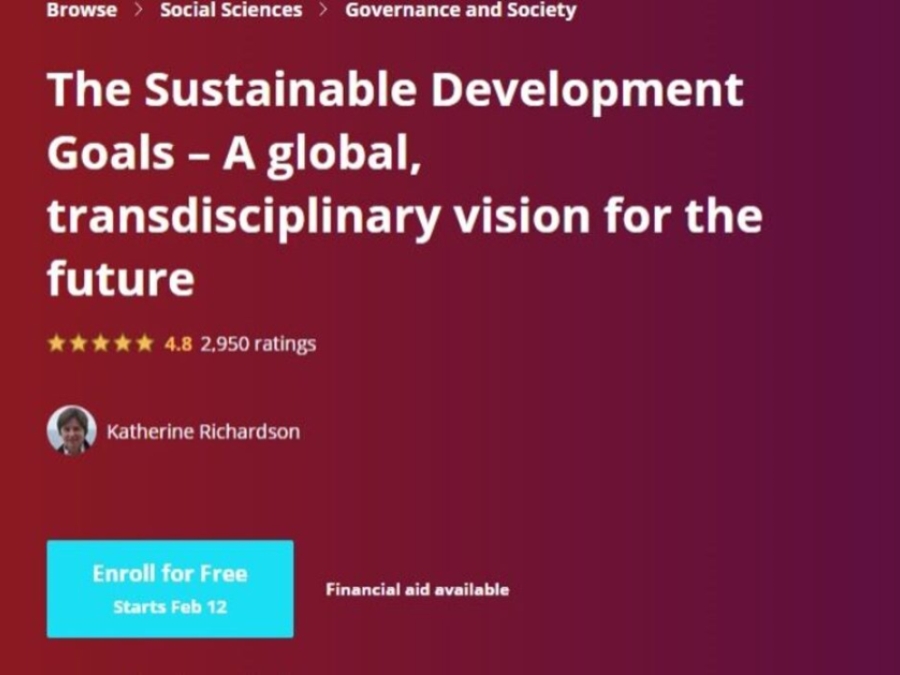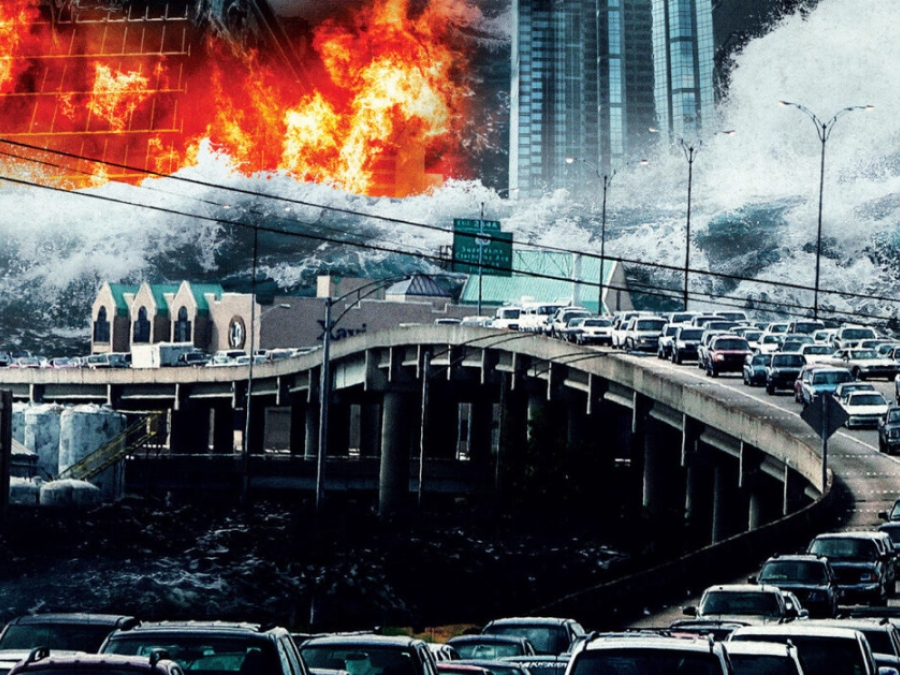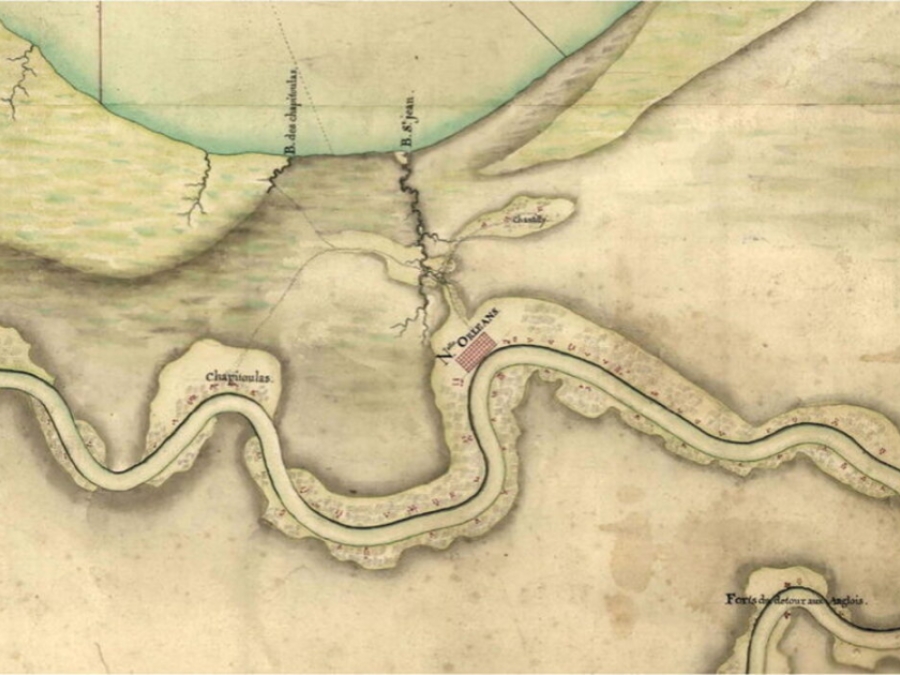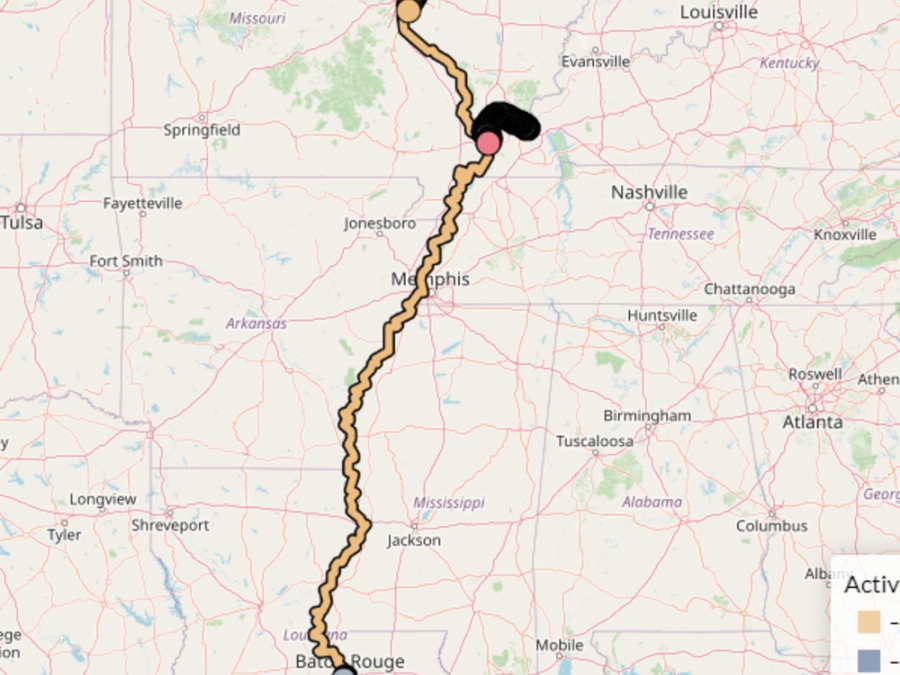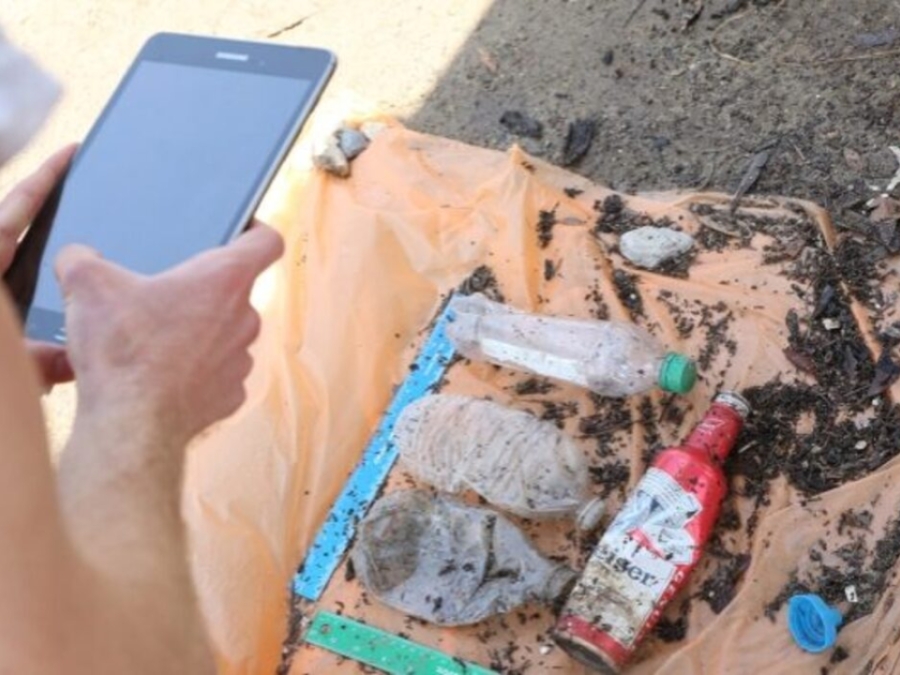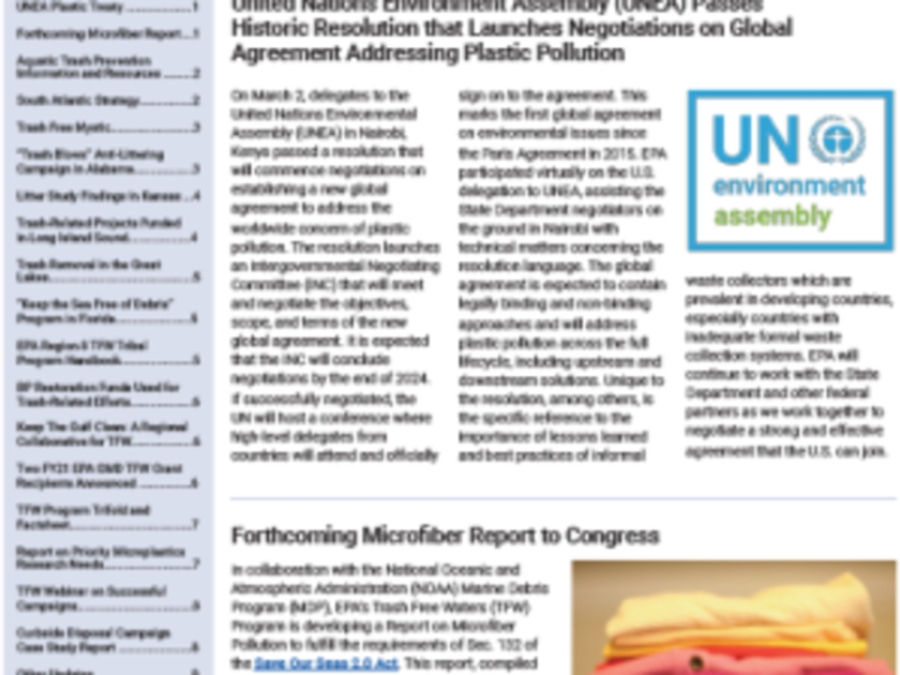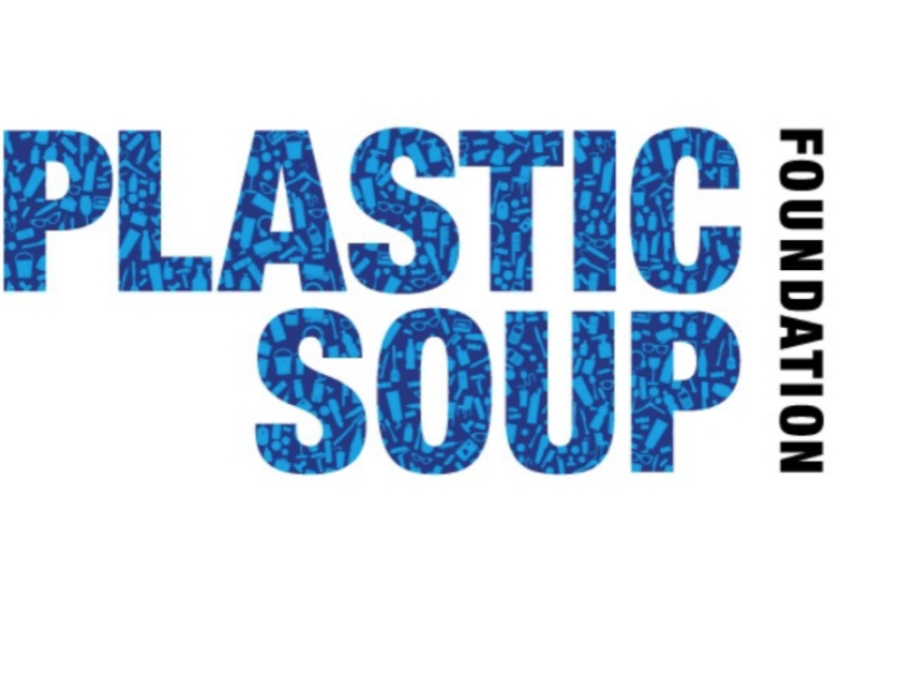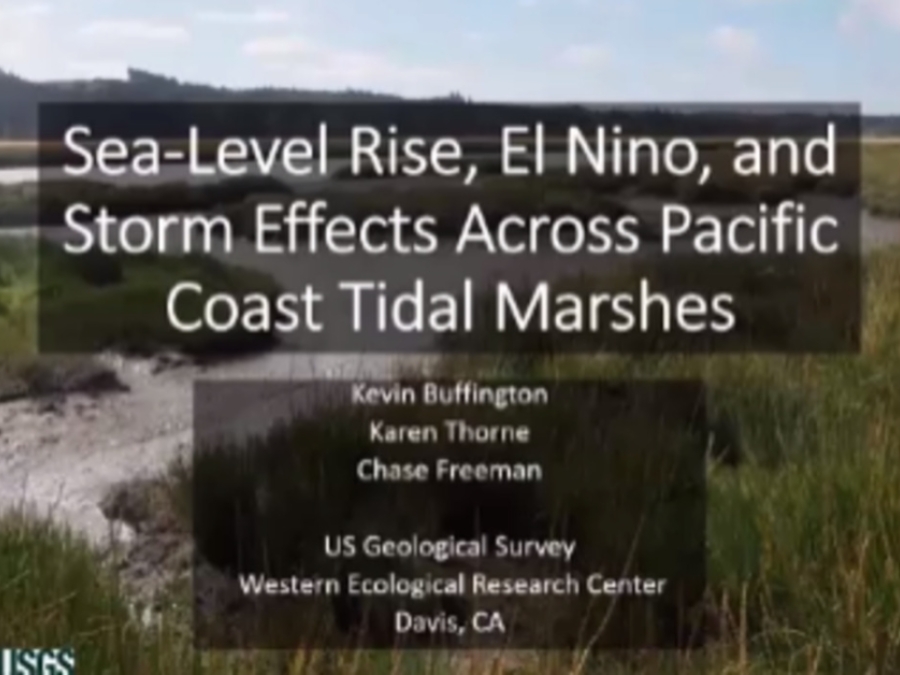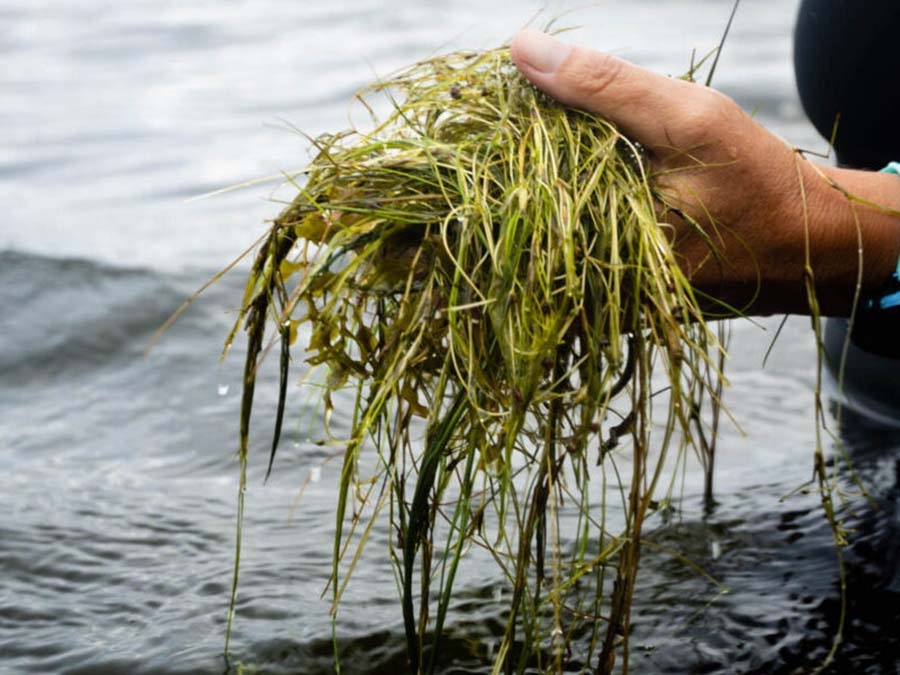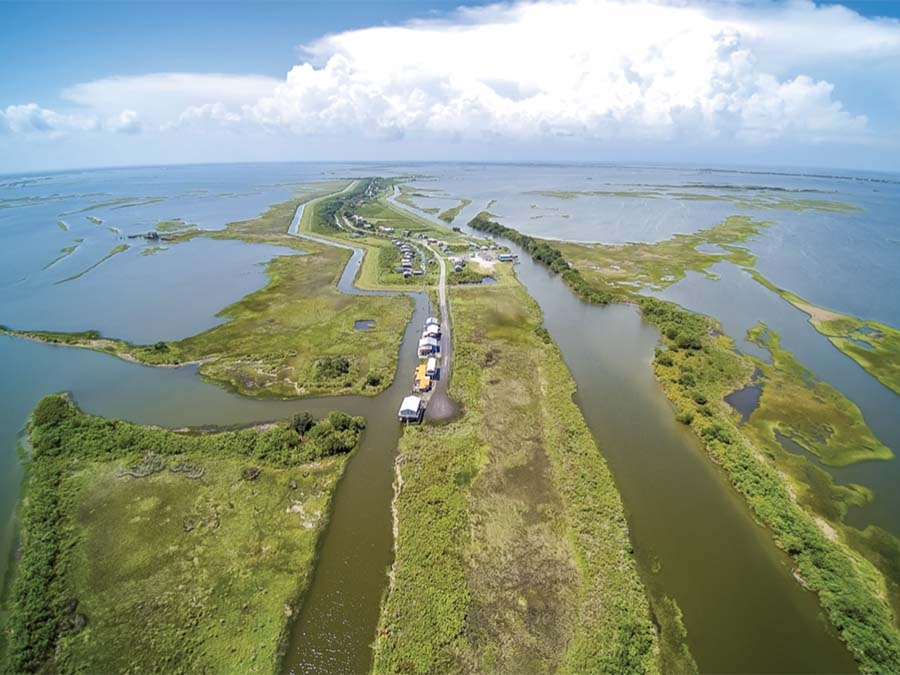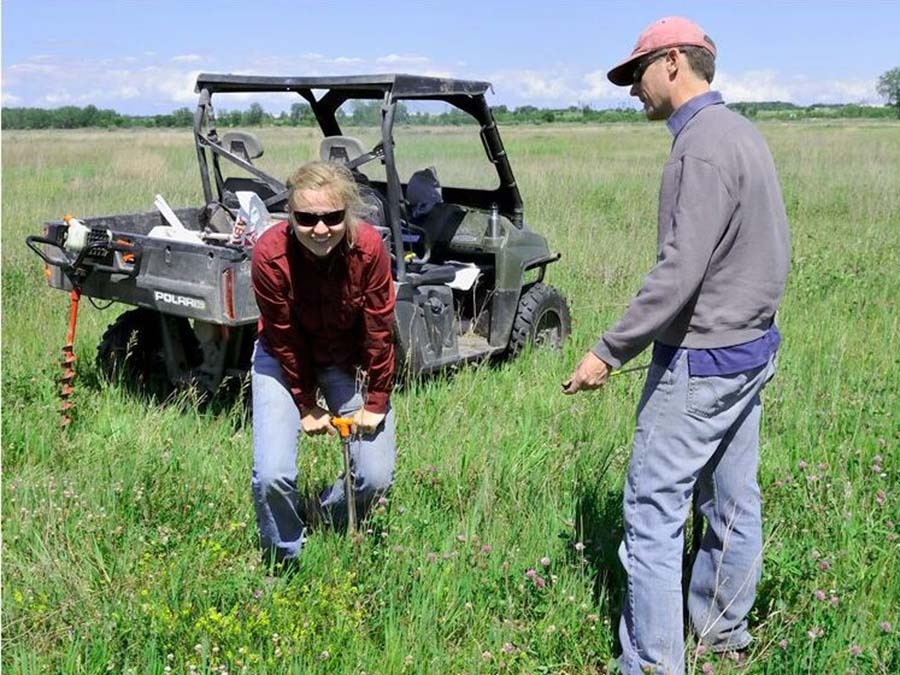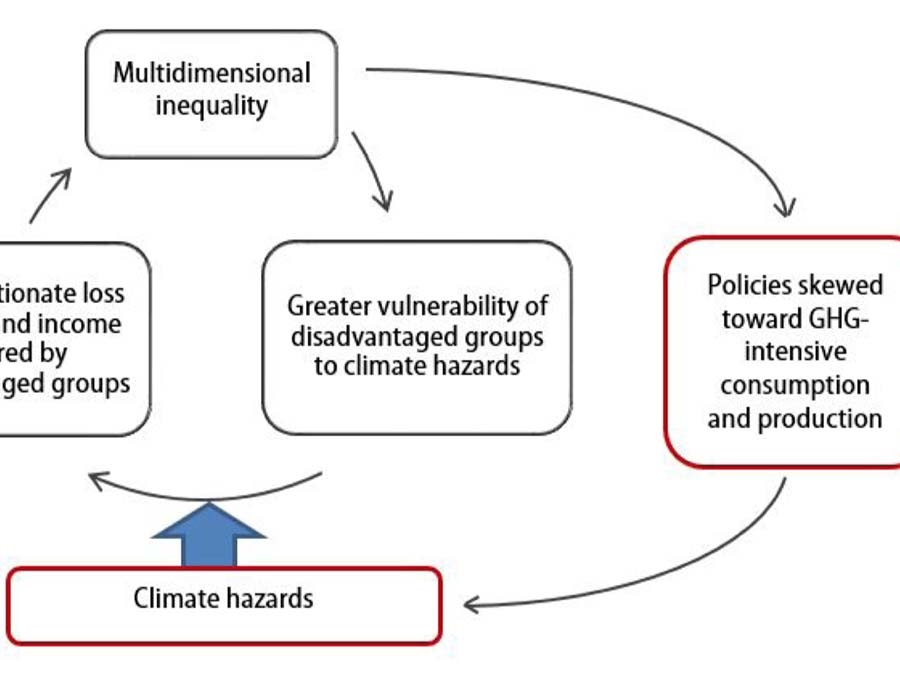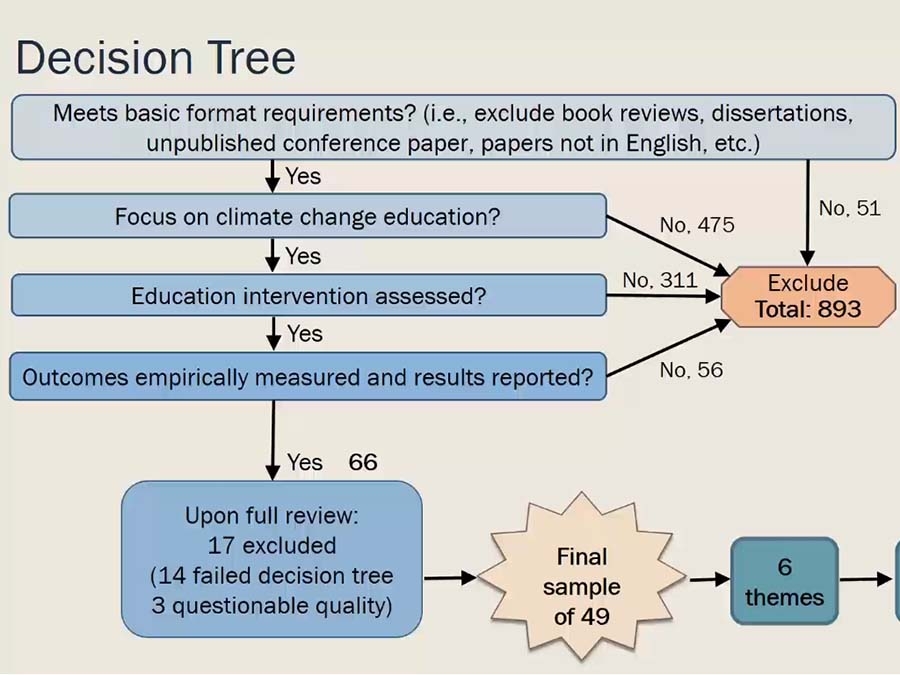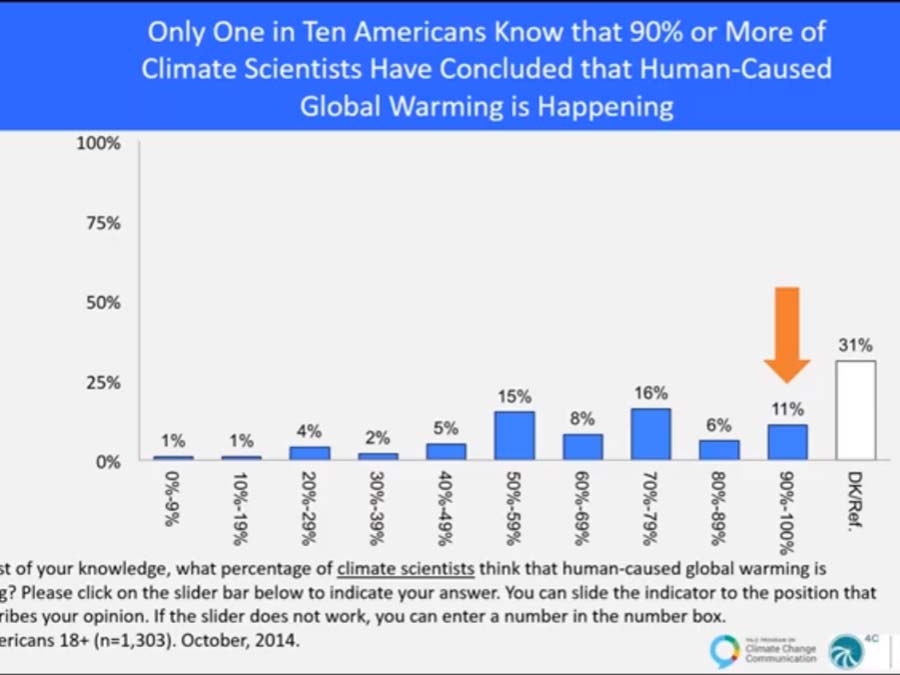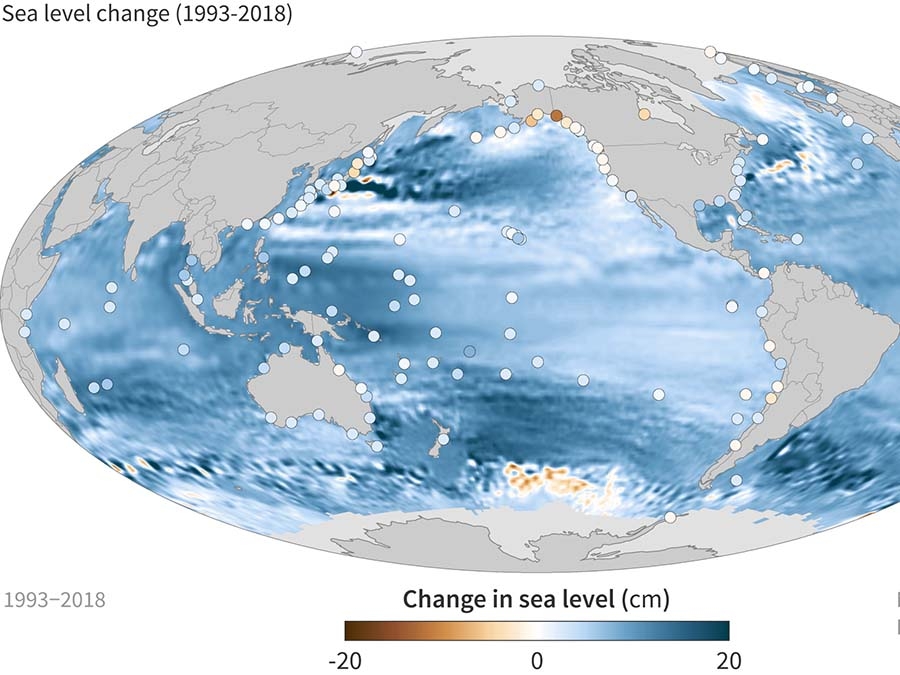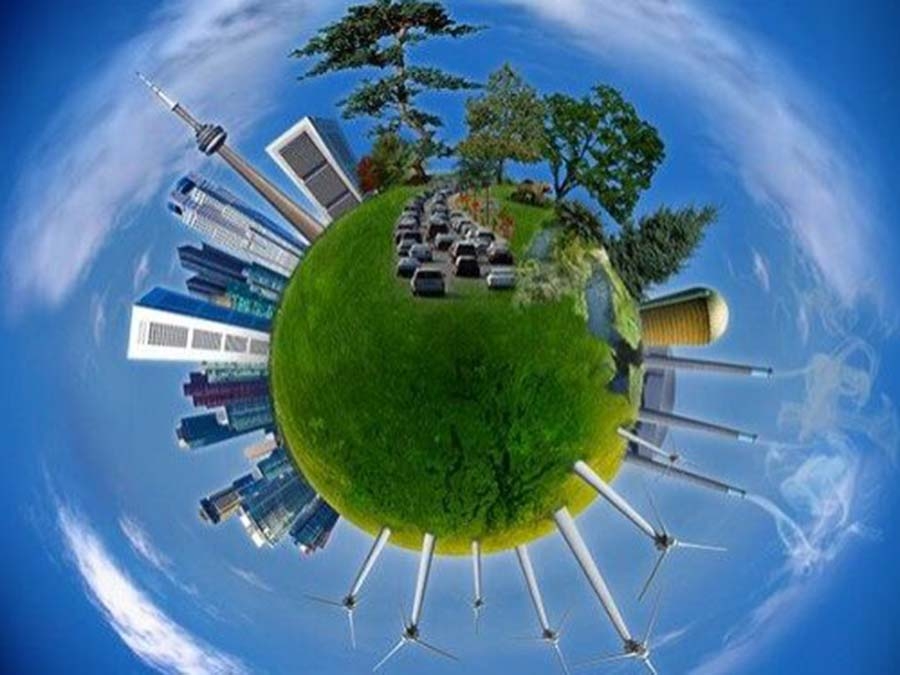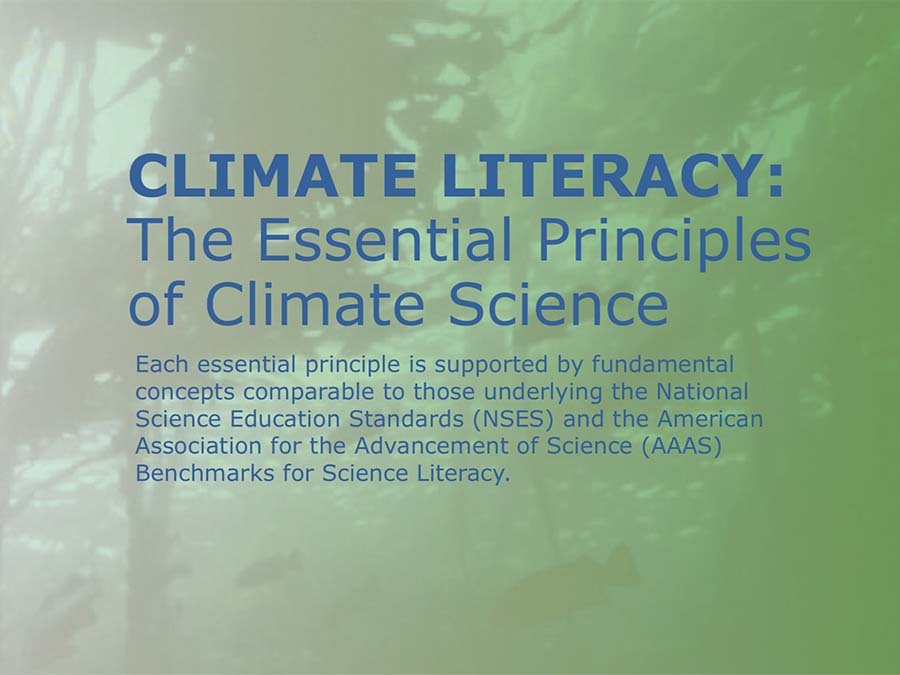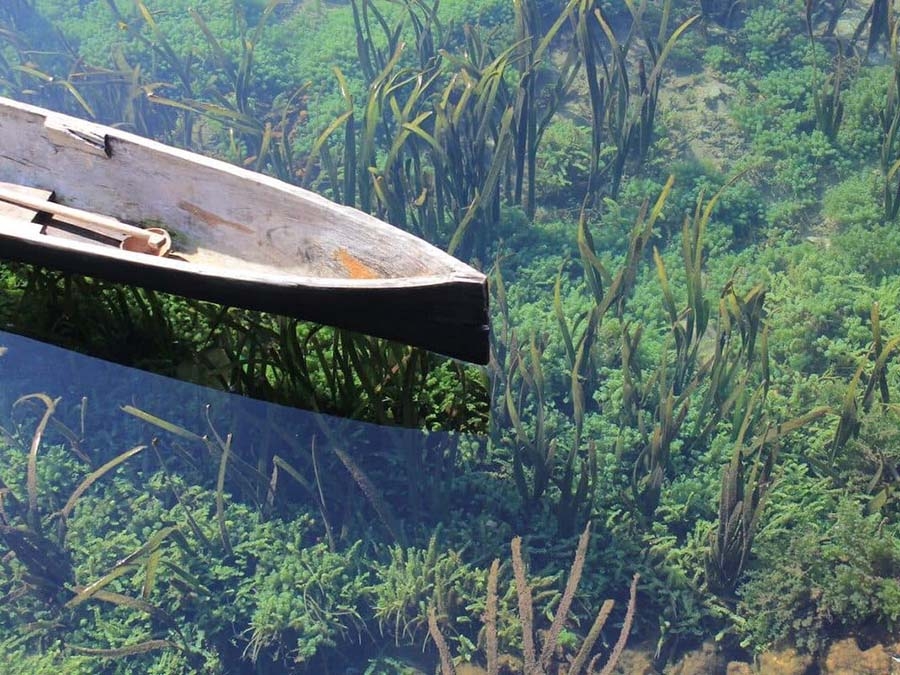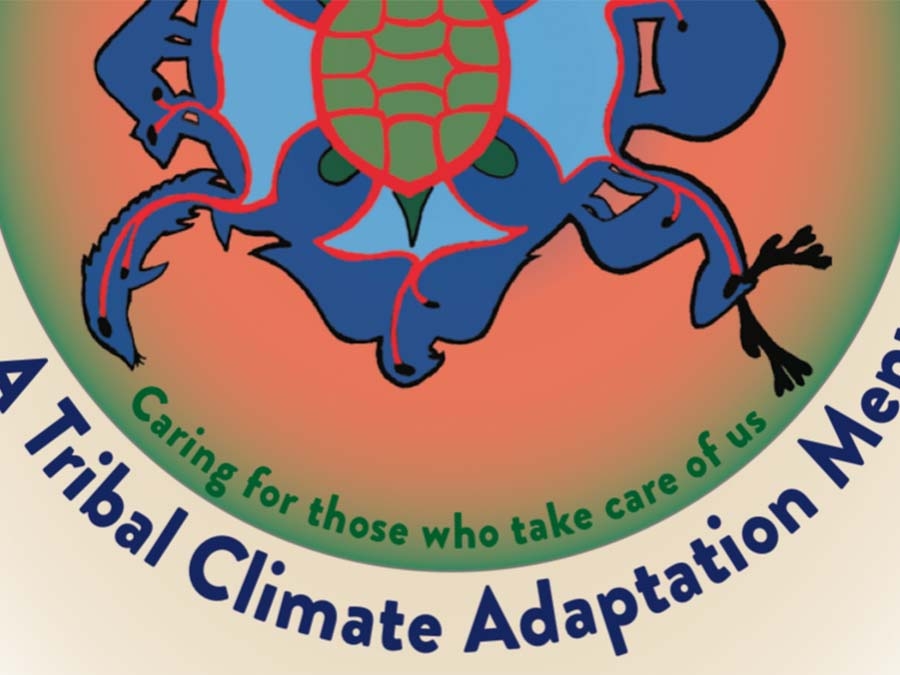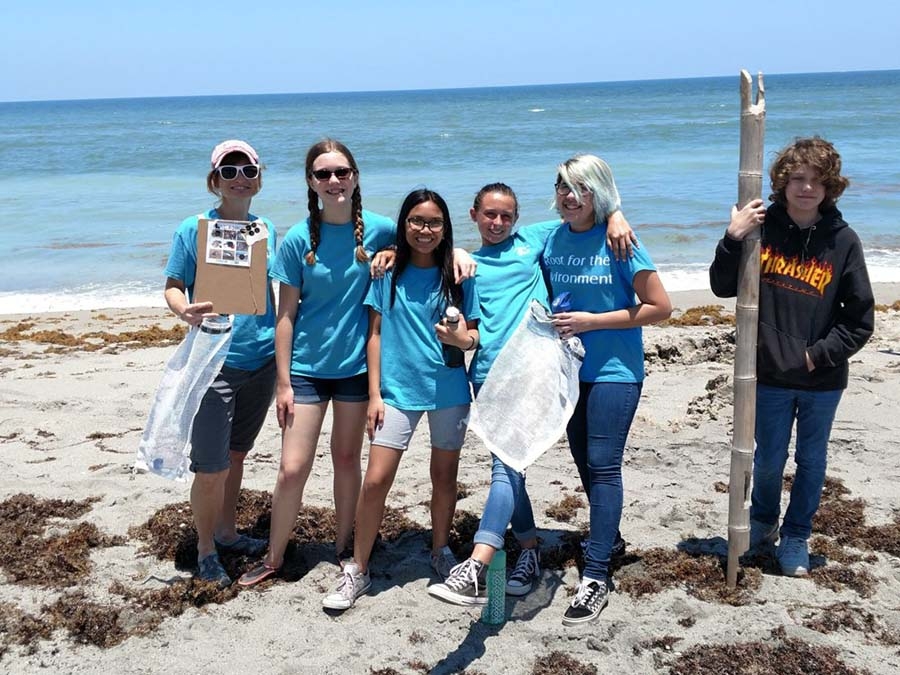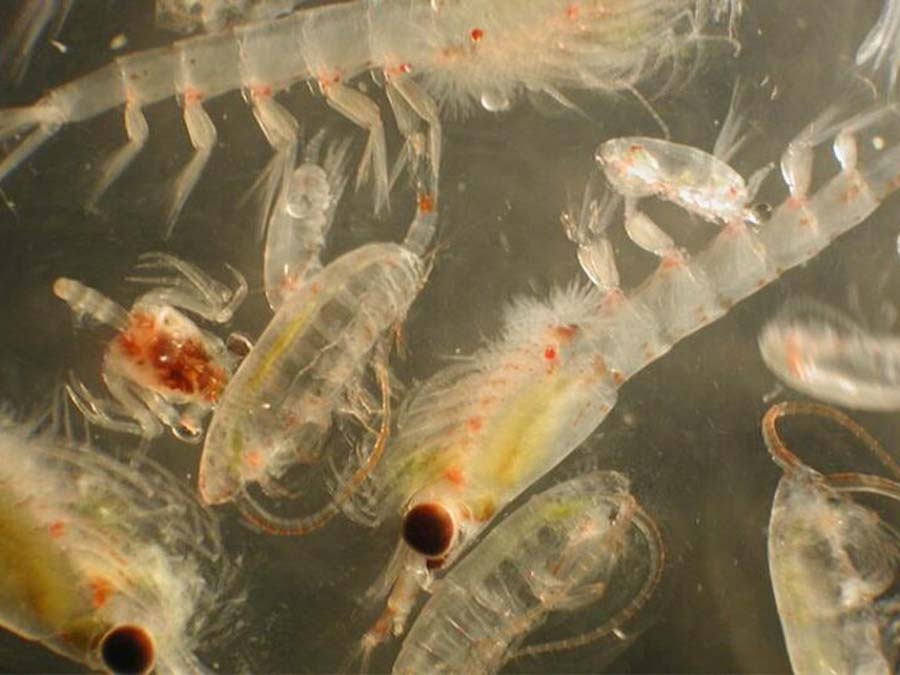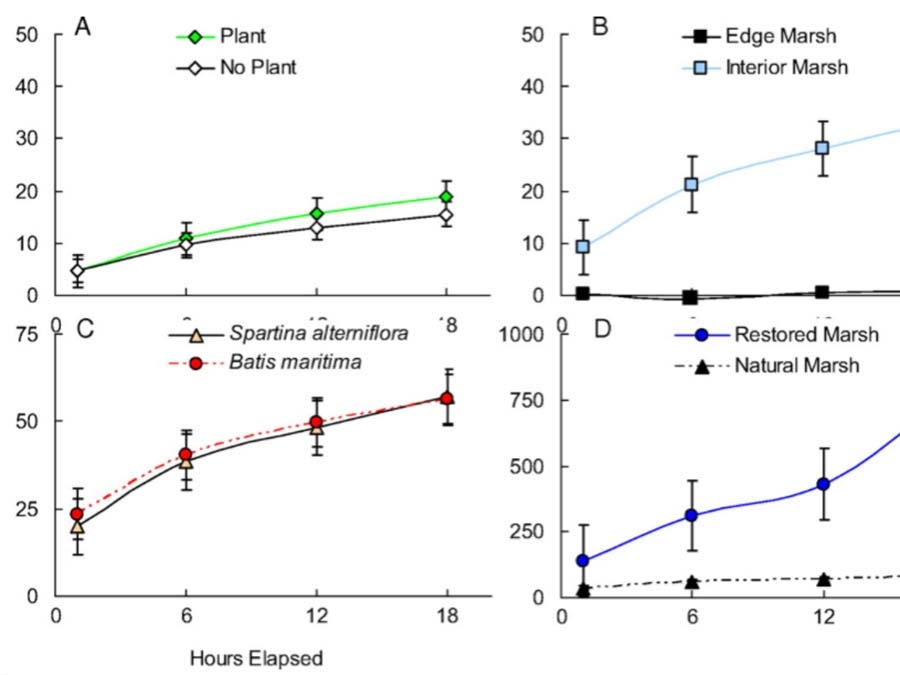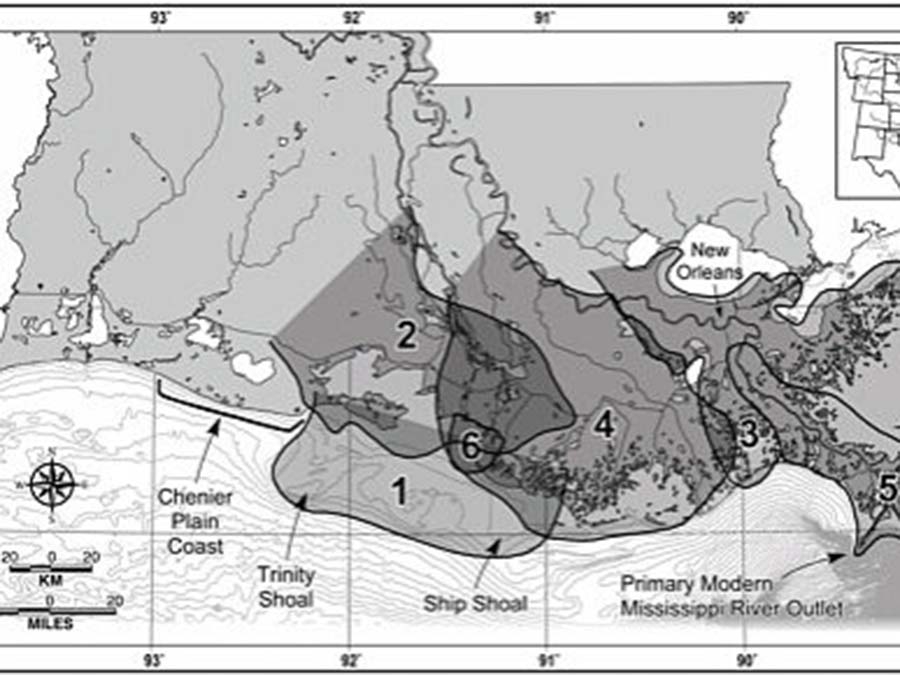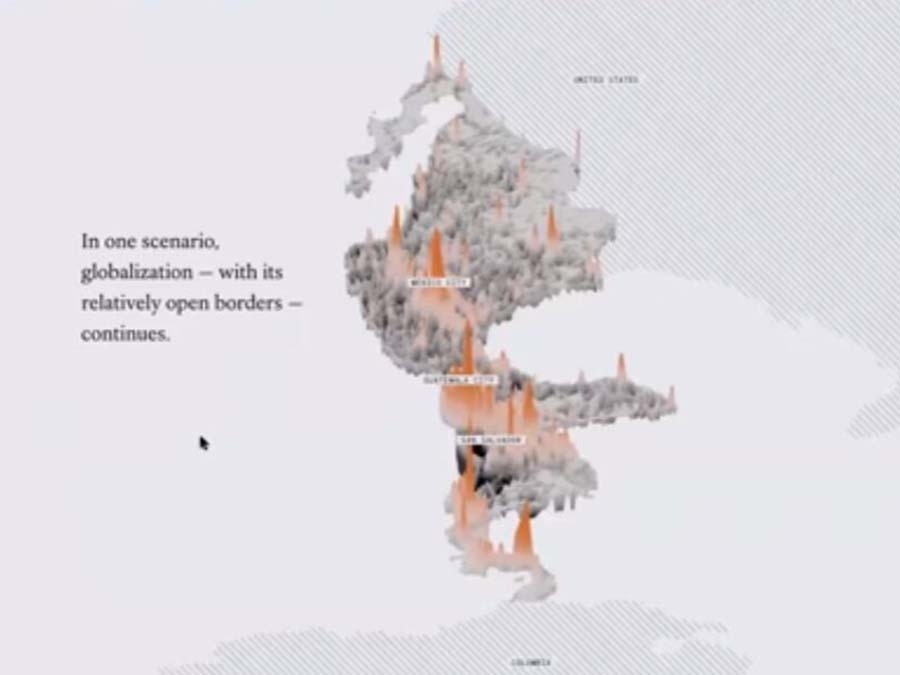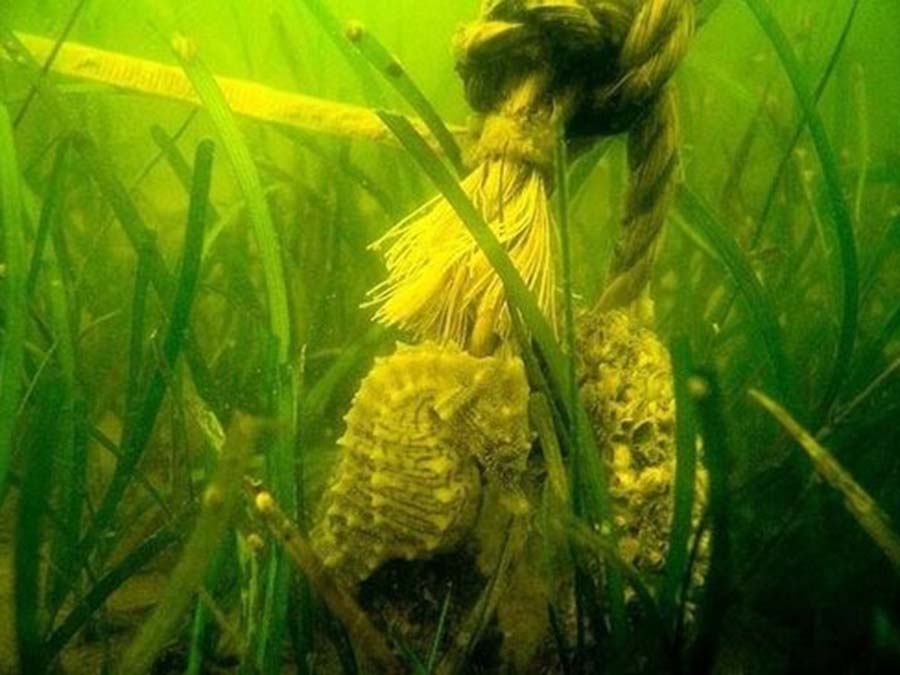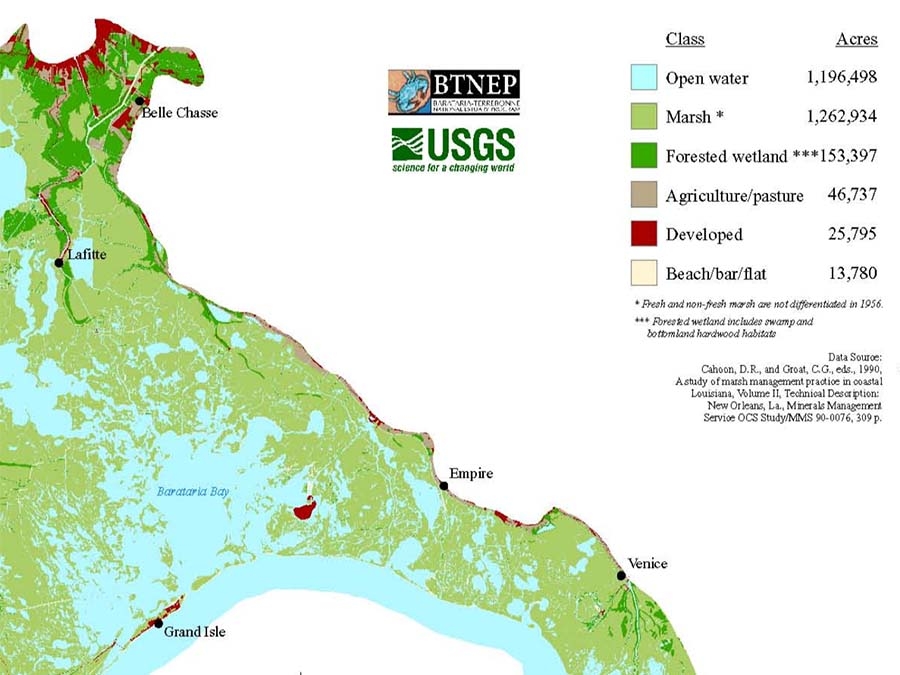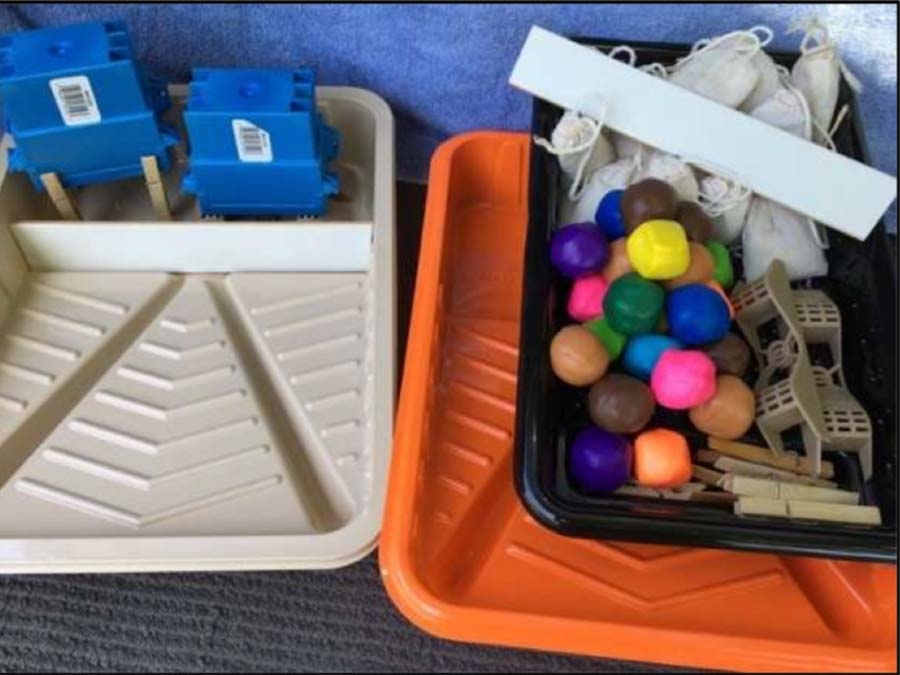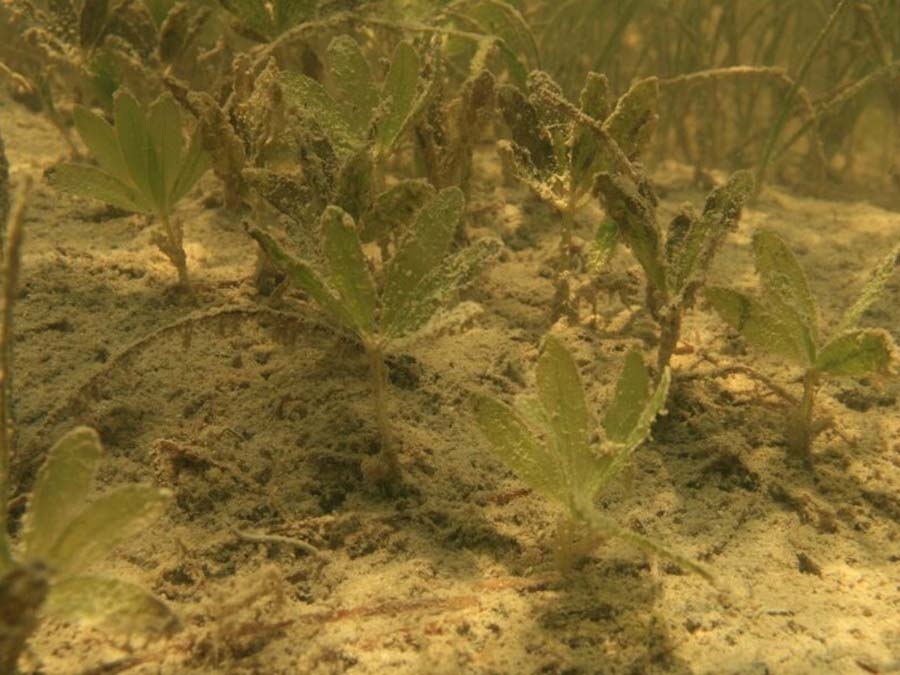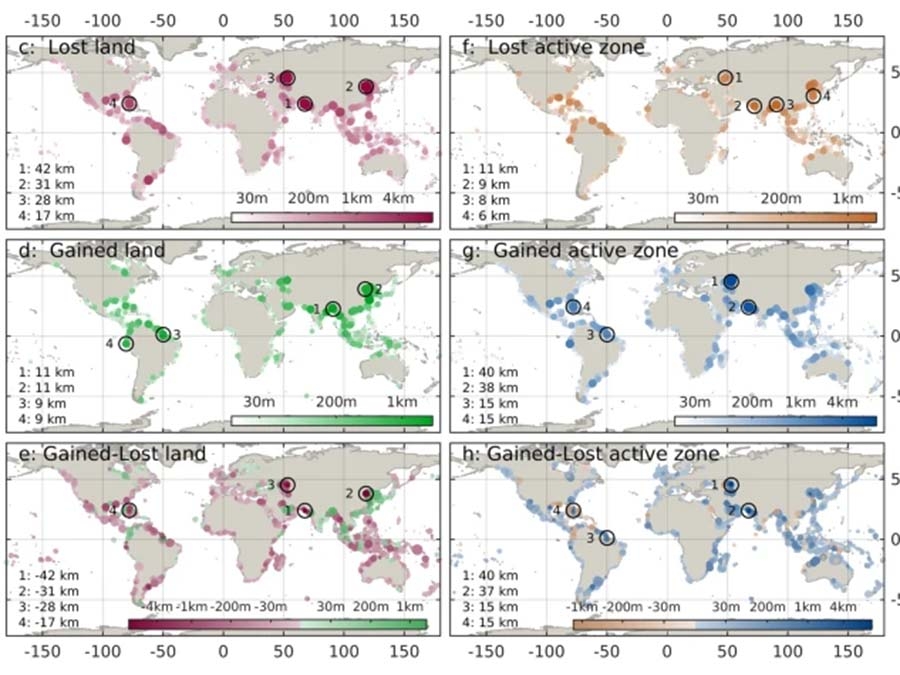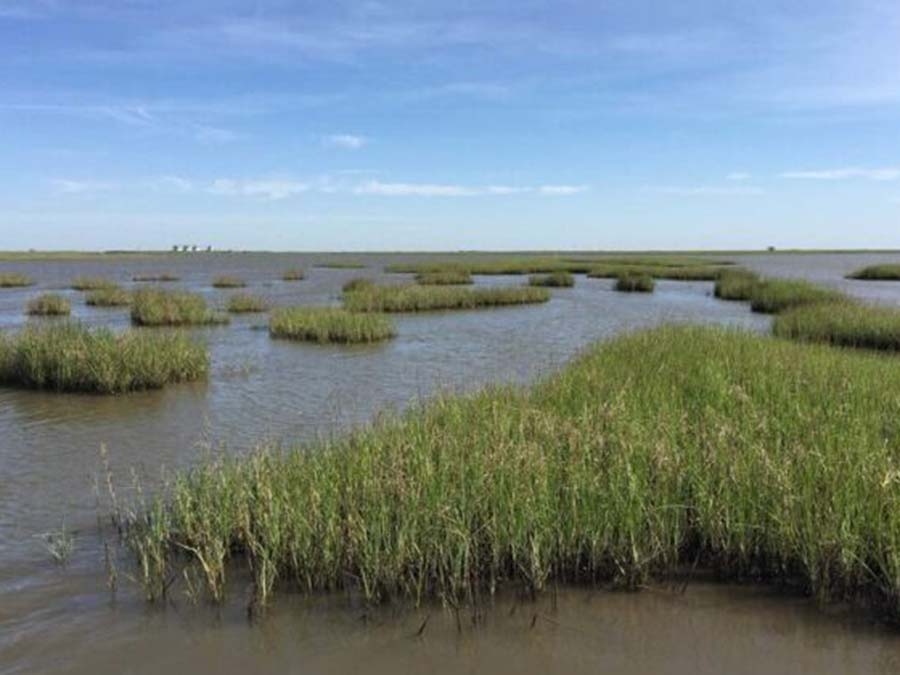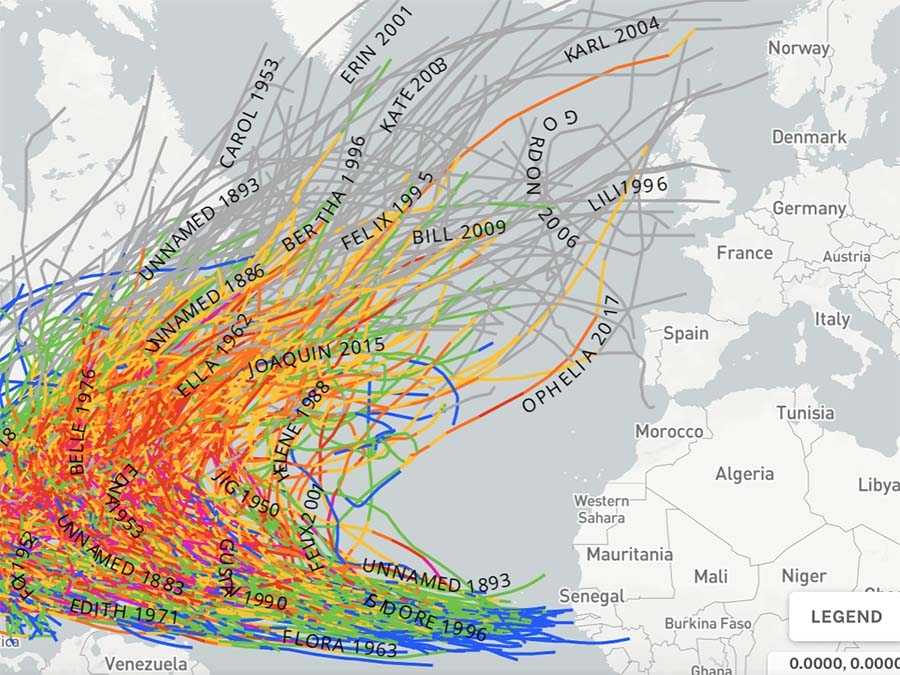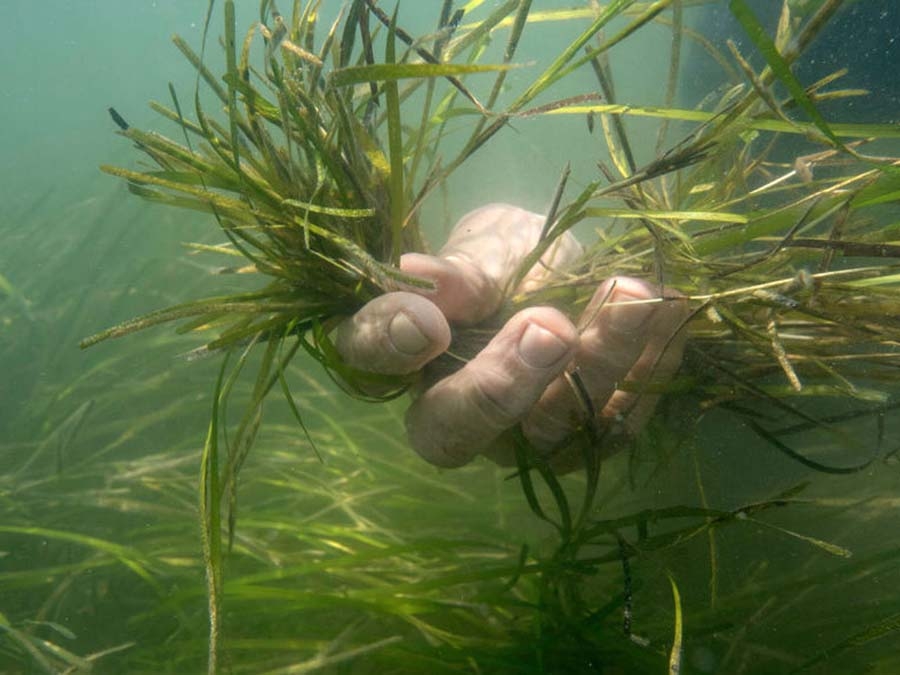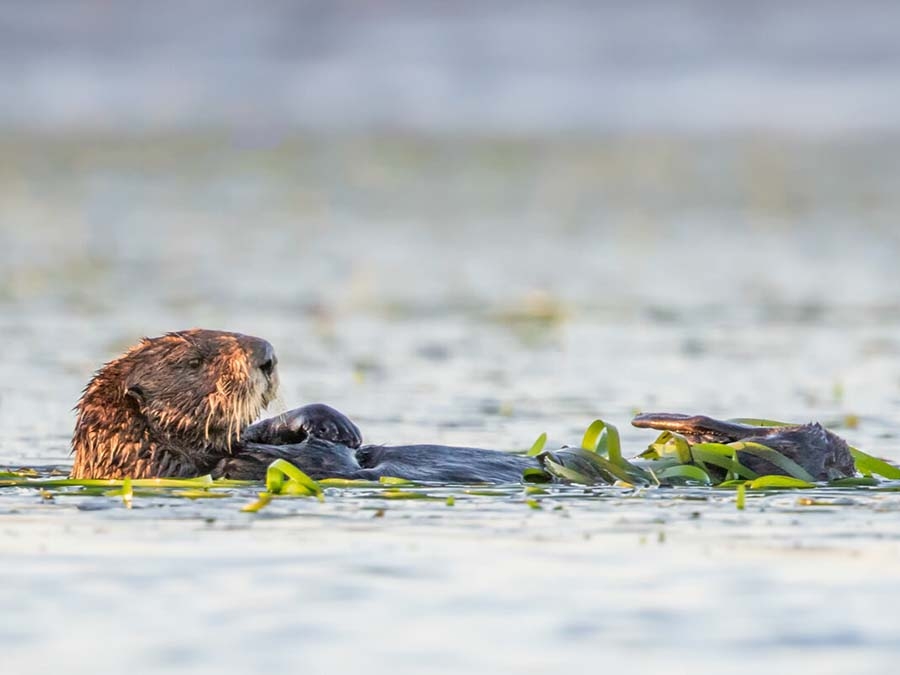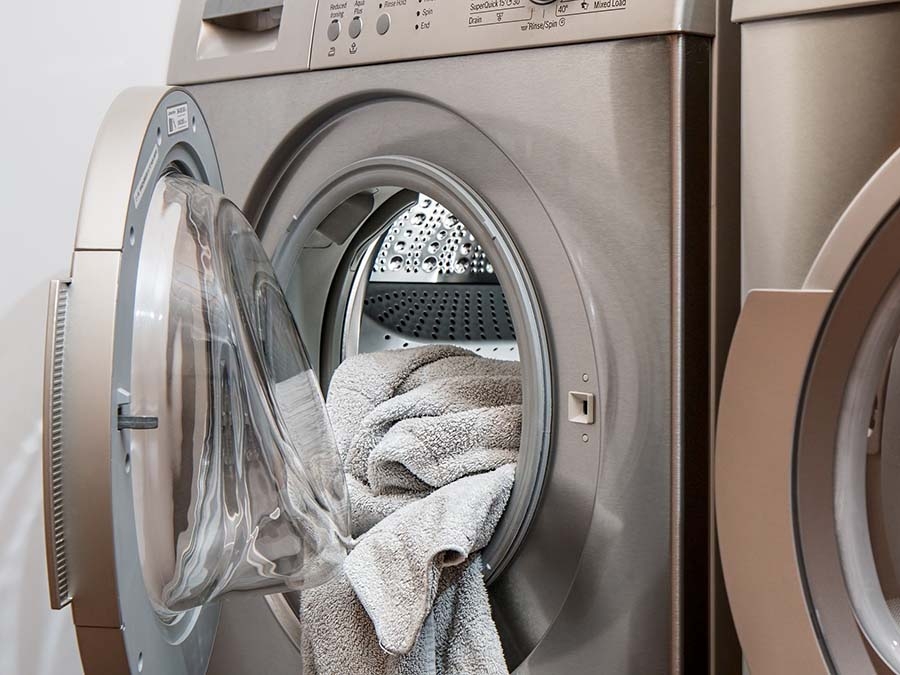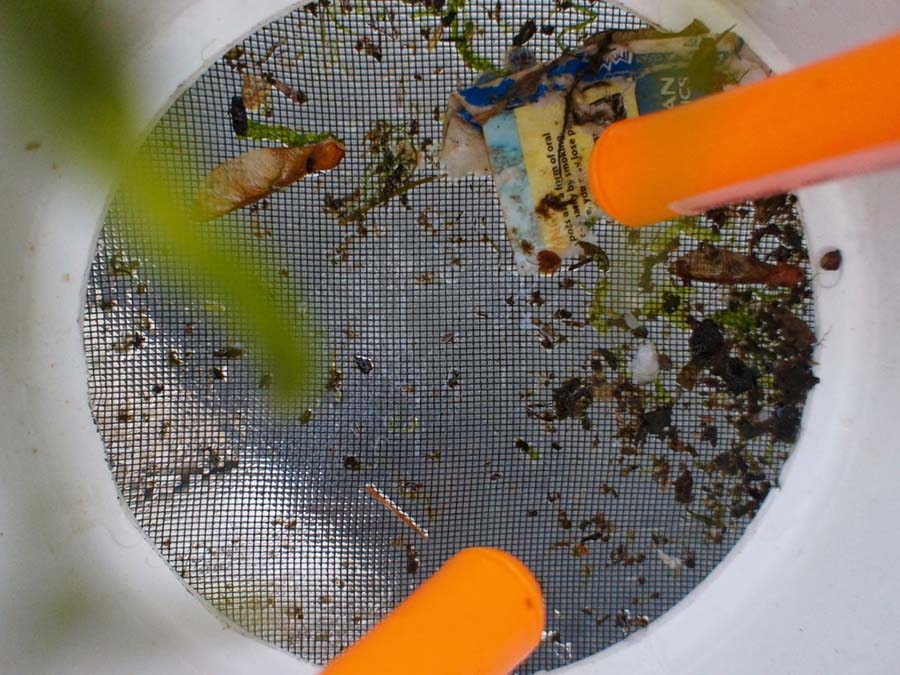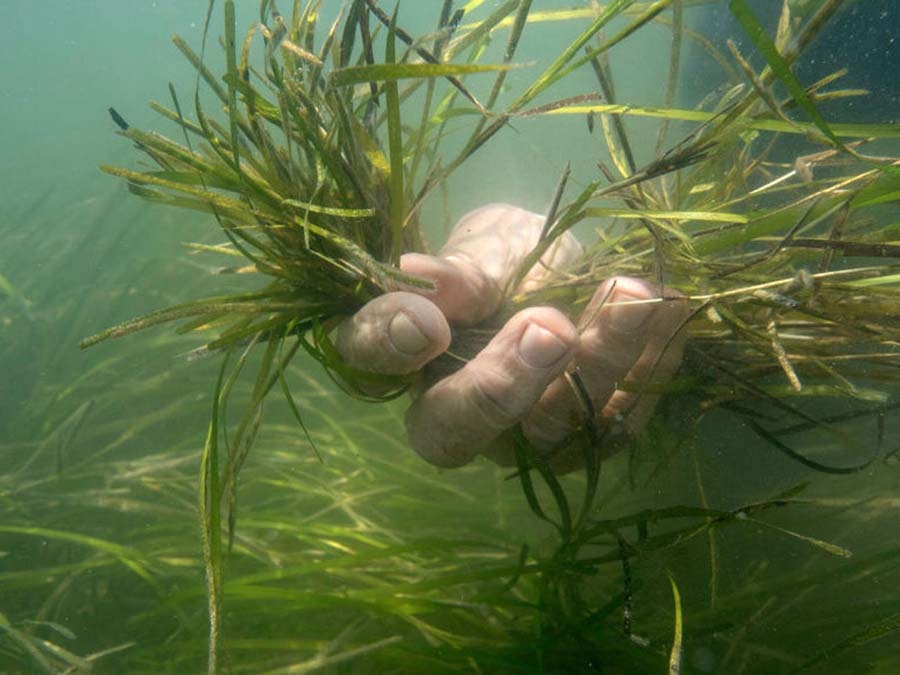Filter These Results +
Plastic Pollution
Modern life would be impossible without plastic - but we have long since lost control over our invention. Why has plastic turned into a problem and what do we know about its dangers?... 51 Trillion particles of microplastics float in our oceans. Yet there is very little science of how this affects our health. This video shows why we should gain back control over plastic in our lives.
Plastic Pollution
Modern life would be impossible without plastic - but we have long since lost control over our invention. Why has plastic turned into a problem and what do we know about its dangers?... 51 Trillion particles of microplastics float in our oceans. Yet there is very little science of how this affects our health. This video shows why we should gain back control over plastic in our lives.
Pontchartrain Environmental Atlas
Management of nitrogen loading into the watershed is a feasible proposition even with the likely further urban expansion on the northern shore of the Lake. The consequences of future nitrogen loadings resulting from population growth on the north shore of Lake Pontchartrain can be compensated for by rather rudimentary sewerage treatment of existing non-point sources, from treatment or diversion of pumped urban runoff, and by sealing the leakage of water passing through the Bonnet Carre Spillway.
Pontchartrain Environmental Atlas
Management of nitrogen loading into the watershed is a feasible proposition even with the likely further urban expansion on the northern shore of the Lake. The consequences of future nitrogen loadings resulting from population growth on the north shore of Lake Pontchartrain can be compensated for by rather rudimentary sewerage treatment of existing non-point sources, from treatment or diversion of pumped urban runoff, and by sealing the leakage of water passing through the Bonnet Carre Spillway.
Raised Or Razed: The Challenge Of Climate Adaptation And Social Equity In Historic Coastal Communities
Climate change threatens historic coastal communities, and reducing vulnerability through adaptation will not be easy - but it is necessary. Differing values of government agencies and local communities - contingent on attitudes to risk and cultural restrictions on action - may limit the options for adaptation. This thesis analyzes policy constraints for implementing the preventive strategies of constructing levees, elevating buildings and relocating towns in historic districts in the mid-Atlantic coastal region and makes recommendations for proactive, community-based decision-making processes.
Responding To The Threat Of Sea Level Rise: Proceedings Of A Forum
The future rate and extent of sea level rise are highly uncertain, and responses to higher water levels will need to reflect this uncertainty. Sea level rise was a major topic of the annual meeting of the National Academy of Engineering on October 9-10, 2016, and the second day featured a forum on adaptation to it. This summary of the forum, which also incorporates material from Robert J. Nicholls' plenary presentation, outlines a rich and challenging set of problems for engineers, scientists, and those who work with them.
Seagrasses And Mangroves
Known as "hotspots of biodiversity," seagrasses and mangroves attract and support a variety of marine life. However, worldwide damage and removal of these plants continue at a rapid pace. Changing Seas travels along Florida's coastline to get a better understanding of the significant roles mangroves and seagrasses play within the state.
The Isle De Charles Tribal Resettlement: A Tribal-Driven, Whole Community Process
We would like to refocus the State's approach to the Isle de Jean Charles Resettlement, and encourage state planners and policy-makers to honor our rights as they did throughout the design and NDRC proposal-building process prior to receiving federal funding. We are not merely "stakeholders" engaged in a project. We are rights-holders committed to future generations of our family, our knowledge, our ways of life, and our Island people. Our Tribe's cultural survival depends on it.
The Lost Nurdles Polluting Texas Beaches
Last September, Jace Tunnell discovered a layer of tiny, round plastic pellets covering a beach on Padre Island off the southern coast of Texas. There were "millions of them," he recalled, "and it went on for miles." Tunnell, a marine biologist, knew exactly what the pellets were, but says he had never actually seen them before. They're called nurdles, and they're the preproduction building blocks for nearly all plastic goods, from soft-drink bottles to oil pipelines. But as essential as they are for consumer products, nurdles that become lost during transit or manufacturing are also an environmental hazard. In the ocean and along coastal waterways, they absorb toxic chemicals and are often mistaken for food by animals. They also wash up by the millions on beaches, leaving coastal communities to deal with the ramifications.
The Smog Of The Sea (Trailer)
After years of hearing about the famous "garbage patches" in the ocean's gyres, the crew is stunned to learn that the patches are a myth: the waters stretching to the horizon are clear blue, with no islands of trash in sight. But as the crew sieves the water and sorts through their haul, a more disturbing reality sets in: a fog of microplastics permeates the world's oceans...
The Sustainable Development Goals- A Global, Transdiscilinary Vision For The Future
In 2015, the UN launched the 17 Sustainable Development Goals (SDGs). Adopted by 193 member states, the goals represent an important international step in setting humanity on a trajectory towards sustainable development. Within this course, you will get a historical overview of how sustainability has been understood, as well as a thorough introduction to the SDGs - what they are, how progress can be measured, and how the SDGs are relevant for the management of the global systems supporting humanity. The course will examine how various societal actors are responding to and implementing the SDGs.
Tricentennial Moments: Bayou St. John
Between Bienville's "Beautiful Crescent" and Lake Pontchartrain, lies Bayou St. John - the reason New Orleans is located where it is. WYES TRICENTENNIAL MOMENT on the "Old Portage" of Bayou St. John.
Welcome To The Age Of Climate Migration (Explicit Language)
Politicians inevitably vow to rebuild, to make their city stronger than before. But in the coming years, as the climate gets hotter, the seas keep rising and storms grow more intense, those vows will become less and less credible. Climate change is going to remap our world, changing not just how we live but where we live. As scientist Peter Gleick, co-founder of the Pacific Institute, puts it, "There is a shocking, unreported, fundamental change coming to the habitability of many parts of the planet, including the U.S.A.
When Is Water Safe To Drink?
Water is refreshing, hydrating, and invaluable to your survival. But clean water remains a precious and often scarce commodity - there are nearly 800 million people who still don't have regular access to it. Why is that? And how can you tell whether the water you have access to - whether from a tap or otherwise - is drinkable?
Biogeography Of Submerged Aquatic Vegetation (Sav) In The Pontchartrain Basin
A biogeographic study of submerged aquatic vegetation (SAV) in the Pontchartrain Basin of southeastern Louisiana was conducted. These plants provide numerous essential ecosystem services. Eighteen species occurred in different salinity zones ranging from freshwater to the saline waters of the Gulf of Mexico. Lake Pontchartrain SAV coverage was reduced by 70 percent from 1953 to 1990 due to increased turbidity from urbanization and shell dredging. A La Nina drought (1998-2001) increased SAV to 80 percent of the 1953 coverage, but declines occurred after the drought and there was extensive damage from Katrina and other hurricanes between 2005 and 2012.
Mississippi River Bottle Tracking
The Mississippi River Plastic Pollution Initiative enlists the help of 'citizen scientists' in America's heartland to collect data on the state of plastic pollution along the river. To date, over 100,000 plastic litter items have been catalogued through the project. The data gathered is helping to create the first-ever plastic pollution 'map' along the river, which can be used by cities and towns to take action.
Mississippi River Plastic Pollution Initiative
Through this initiative, thousands of community volunteers are collecting data along the upper, middle and lower Mississippi River to increase our understanding of the state of plastic pollution. This data is being generated through a 'citizen science' approach using a free mobile app for tracking upstream and coastal litter called the Debris Tracker.
Newsletter: The Flow Of Trash Free Waters
The Trash Free Waters program distributes 'The Flow' electronically to our many project partners and other interested stakeholders. 'The Flow' highlights important work that is happening at the local, state, national, and international levels related to trash reduction and prevention.
Plastic Soup Foundation
Stop the plastic soup tsunami as soon as possible! If we do not achieve this, we are leaving future generations with a terrible plastic plague. We are a 'single issue' environmental organization that is concerned with one thing: stopping plastic pollution at its source.
Sea-Level Rise, El Nino, And Storm Effects On Coastal Tidal Marshes
Through a combination of long-term monitoring and computer simulations, this research explores the sensitivity of tidal marsh habitat to both short-term climate variation and long-term change and provide land managers the information needed to guide resource management and restoration practices. In this webinar, Southwest CASC supported researcher Kevin Buffington discusses how climate change may affect El Nino events and extreme storms on coastal wetlands.
A Global Crisis For Seagrass Ecosystems
Seagrasses, marine flowering plants, have a long evolutionary history but are now challenged with rapid environmental changes as a result of coastal human population pressures. Seagrasses provide key ecological services, including organic carbon production and export, nutrient cycling, sediment stabilization, enhanced biodiversity, and trophic transfers to adjacent habitats in tropical and temperate regions.
A Lesson Learned For Community Resettlement: Isle De Jean Charles Band Of Biloxi-Chitimacha- Choctow Tribe
The resettlement plan is expected to be implemented by 2022 with the inclusion of many facilities in the new location to revitalize the tribal community, including a tribal center and a healthcare facility. The Tribe's experience highlights how success can be achieved when at-risk communities are engaged in the resettlement planning process from the beginning to ensure long-term successful relocation and maintain community integrity. It also highlights an opportunity for institutions to evolve in more flexible ways to accommodate the growing number of communities that may need to relocate.
Ask A Scientist: How Do You Know That A Wetland Restoration Is Successful?
Although there is no one "silver bullet" method, much can be done to see if a restoration is on track. Following the restoration plan and keeping track of the inputs (quantity of seed planted, number of species planted as plugs) is one way to make sure that restoration targets are met. However, strictly following these steps does not guarantee success, as many unexpected obstacles might occur (a dry or a wet year, a new invasive species, inability to conduct a burn). That is why most restoration and conservation managers, including TWI ecologists, follow a strategy called adaptive management.
Climate Change And Social Inequality
This paper offers a unifying conceptual framework for understanding the relationship between climate change and "within-country inequalities," referred here collectively as "social inequality." Available evidence indicates that this relationship is characterized by a vicious cycle, whereby initial inequality causes the disadvantaged groups to suffer disproportionately from the adverse effects of climate change, resulting in greater subsequent inequality
Climate Change Education: What Works?
Climate change is challenging because of the controversial and value-laden issues and misperceptions that swirl around it. Some of the research papers used community projects and deliberative discussions to help students deeply understand the issues and build skills for working toward solutions. This webinar will briefly explain the review process and focus on the key themes that might help educators emphasize valuable and effective strategies in their climate change programs.
Climate Change In The American Mind
After summarizing the latest findings about American public opinion on climate change, this webinar will provide practical insight and actionable guidance for understanding your audience's relationship to the issue, determining the right climate or renewables messages to use, finding the best community members to work with to best disseminate your message, and more.
Climate Change: Global Sea Level
Global mean sea level has risen about 8-9 inches (21-24 centimeters) since 1880, with about a third of that coming in just the last two and a half decades. The rising water level is mostly due to a combination of meltwater from glaciers and ice sheets and thermal expansion of seawater as it warms. In 2018, global mean sea level was 3.2 inches (8.1 centimeters) above the 1993 average - the highest annual average in the satellite record (1993-present)
Climate Literacy
These are the lecture videos from the free UBC course Climate Literacy: Navigating Climate Change Conversations, which tackles the scientific and socio-political dimensions of climate change. This course introduces the basics of the climate system, models and predictions, human and natural impacts, mitigative and adaptive responses, and the evolution of climate policy.
Climate Literacy: The Essential Principles Of Climate Science
Climate Literacy: The Essential Principles of Climate Science presents information that is deemed important for individuals and communities to know and understand about Earth's climate, impacts of climate change, and approaches to adaptation or mitigation. Principles in the guide can serve as discussion starters or launching points for scientific inquiry. The guide aims to promote greater climate science literacy by providing this educational framework of principles and concepts. The guide can also serve educators who teach climate science as a way to meet content standards in their science curricula.
Common Submerged Aquatic Plants
There is a plethora of submerged aquatic plant species. Some may be more prevalent in certain areas than others. Submerged aquatic vegetation are plants that are completely under the water and typically have a root system in the bottom sediment. They require the water for physical support of the plant structure.
Dibaginjigaadeg Anishinaabe Ezhitwaad: A Tribal Climate Adaptation Menu
This document is intended to empower tribal governments, federal and state agencies, non-governmental organizations (NGOs), individual landowners and others to incorporate Anishinaabeg perspectives, specifically from the Great Lakes region, into a climate adaptation framework. We recognize the shortcomings of this document in our attempt to incorporate indigenous concepts, language, and cultural practices; a single document written in English can't fully capture what we intend to express. We hope that the perspectives given here offer users an additional lens with which to view the environment and facilitate a more culturally appropriate approach to working with tribal nations.
Dibaginjigaadeg Anishinaabe Ezhitwaad: A Tribal Climate Adaptation Menu
This document is intended to empower tribal governments, federal and state agencies, non-governmental organizations (NGOs), individual landowners and others to incorporate Anishinaabeg perspectives, specifically from the Great Lakes region, into a climate adaptation framework. We recognize the shortcomings of this document in our attempt to incorporate indigenous concepts, language, and cultural practices; a single document written in English can't fully capture what we intend to express. We hope that the perspectives given here offer users an additional lens with which to view the environment and facilitate a more culturally appropriate approach to working with tribal nations.
Diy Cleanup Tool Kit
Every year during Ocean Conservancy's International Coastal Cleanup, hundreds of thousands of volunteers comb lakes, rivers and beaches around the world for trash. Over the course of nearly three decades, more than 9 million volunteers have collected nearly 164 million pounds of trash. But our ocean needs help more than once a year, and you can take a lead role on the front line of one of the world's most preventable problems by doing your own beach or waterway cleanup. Next time you're headed out to the beach or a nearby park, take along a trash bag and an Ocean Conservancy Data Form to collect and document the debris you find.
Does Submerged Aquatic Vegetation Shape Zooplankton Community Structure And Functional Diversity? A Test With A Shallow Fluvial Lake System
Submerged aquatic vegetation (SAV) plays important roles in shallow lakes. In addition to its refuge effect for zooplankton, one key role of SAV is to provide diverse ecological niches to these organisms. The reduction of habitat complexity due to loss of SAV might thus have huge effects on zooplankton communities. The objective of this study was to investigate the relationship between SAV abundance and composition and zooplankton functional diversity and community structure.
Does Vegetation Prevent Wave Erosion Of Salt Marsh Edges?
Changes in coastal morphology have broad consequences for the sustainability of coastal communities, structures and ecosystems. Although coasts are monitored locally in many places, understanding long-term changes at a global scale remains a challenge. Here we present a global and consistent evaluation of coastal morphodynamics over 32 years (1984-2015) based on satellite observations.
Drawing Louisiana's New Map: Addressing Land Loss In Coastal Louisiana
During the past 50 years, coastal Louisiana has suffered catastrophic land loss due to both natural and human causes. This loss has increased storm vulnerability and amplified risks to lives, property, and economies--a fact underscored by Hurricanes Katrina and Rita. Drawing Louisiana's New Map reviews a restoration plan proposed by the U.S. Army Corps of Engineers and the State of Louisiana, finding that, although the individual projects in the study are scientifically sound, there should be more and larger scale projects that provide a comprehensive approach to addressing land loss over such a large area. More importantly, the study should be guided by a detailed map of the expected future landscape of coastal Louisiana that is developed from agreed upon goals for the region and the nation.
Educators Explore How To Bring Climate Migration Reporting Into Classes
Abrahm Lustgarten's work, The Great Climate Migration, uses both individual human stories and data modeling tell the story of how climate change has already begun forcing people to flee their homes, and how it is likely to cause unprecedented levels of human migration... 'If you look at any issue through the lens of climate change, you can start to see its fingerprint,' he said. 'A larger takeaway is that this is the kind of issue that starts to show the real human impact of climate change, rather than looking at the science and debating facts and figures.'
Epa Illegally Lowered Allowed Oxygen Content Of North Shore Rivers: Suit
Before EPA approved a decision by the Louisiana Department of Environmental Quality to reduce the required dissolved oxygen level of the stream segments to 2.3 milligrams per liter from March through November, all of the affected waters were supposed to have oxygen levels no lower than 5 milligrams per liter for freshwater segments and no lower than 4 milligrams per liter for estuarine rivers and streams year-round in areas where freshwater and saltwater systems mix. The change would effectively allow businesses and others in the rivers' watersheds to increase their release of pollutants into the water, such as fertilizer and other nutrients, the environmental groups argue, which could result in algae blooms or other changes in water quality.
Establishing A Baseline Of Estruarine Submerged Aquatic Vegetation Resources Across Salinity Zones Within Coastal Areas Of The Northern Gulf Of Mexico
Coastal ecosystems are dynamic and productive areas that are vulnerable to effects of global climate change. Despite their potentially limited spatial extent, submerged aquatic vegetation (SAV) beds function in coastal ecosystems as foundation species, and perform important ecological services. However, limited understanding of the factors controlling SAV distribution and abundance across multiple salinity zones (fresh, intermediate, brackish, and saline) in the northern Gulf of Mexico restricts the ability of models to accurately predict resource availability
Estuarine Habitat Change 1956-2000
These images provide habitat data in the Lower Barataria-Terrebonne Estuarine Basins for 1956, 1978, 1988, and 2000.
Flood Fighter Challenge
Flooding can occur almost anywhere in our country, and people are affected every year by flood damage to their homes and communities. It is important to know about the types and causes of flooding and how to make the right choices when building or purchasing a home. In this activity children will become aware of the importance of elevation to prevent flood damage through hands-on activity.
Florida Seagrasses
Seagrasses are grass-like flowering plants that live completely submerged in marine and estuarine waters. Although seagrasses occur throughout the coastal areas of Florida, they are most abundant in Florida Bay and from Tarpon Springs northward to Apalachee Bay in the Gulf of Mexico, which are two of the most extensive seagrass beds in continental North America.
Global Long-Term Observation Of Coastal Erosion And Accretion
Changes in coastal morphology have broad consequences for the sustainability of coastal communities, structures and ecosystems. Although coasts are monitored locally in many places, understanding long-term changes at a global scale remains a challenge. Here we present a global and consistent evaluation of coastal morphodynamics over 32 years (1984-2015) based on satellite observations.
Gulf-Wide Assessment Of Habitat Use And Habitat-Specific Production Estimates Of Nekton In Turtlegrass (Thalassia Testudinum)
Seagrass beds are habitat for many commercially and recreationally important finfish and shellfish during some stage of their life. In the northern Gulf of Mexico, turtlegrass, a type of seagrass, is a critical foundation species that provides energy for food webs and shelter and foraging grounds for many species. This management-driven project investigated the use of turtlegrass as habitat by finfish and shellfish at six sites across the Gulf of Mexico and evaluated the support provided to blue crabs (Callinectes sapidus), a commercially and recreationally fished species that has seen declines in harvest in many Gulf states.
Historical Hurricane Tracks
This tool provides information about the strength and path of hurricanes from 1842 to the present.
How Planting 70 Million Eelgrass Seeds Led To An Ecosystem's Raid Recovery
The study is a blueprint for capitalizing on this habitat's capacity to store carbon.
How Sea Otters Help Protect Underwater Meadows
These endangered predators enhance the genetic diversity of eelgrass, making their threatened seagrass surroundings more resilient.
Ice Cream Scoops
To address the problems of marine plastics and public science, we created an educational tool geared towards children: the Ice Cream Scoop Trawl. This is a simple technology that children can help make and use it to learn about marine plastics. It is used to test for presence of marine plastics at the water's surface. An ice cream container is modified so that water can pass through it and fitted with a handle so that a child can pull it through water. The trawl features two types of mesh, one larger to prevent large debris from passing through, and on the further end, a finer, screen mesh to prevent collected samples from escaping. Reused, affordable and readily available materials are used in its design to prevent cost barriers for individuals interested in building their own technology.
Identifying Tropical Seagrass
Seagrasses are a functional group, not a taxonomic group, of angiosperms (flowering plants), i.e. various seagrass families do not necessary have to be closely related.
